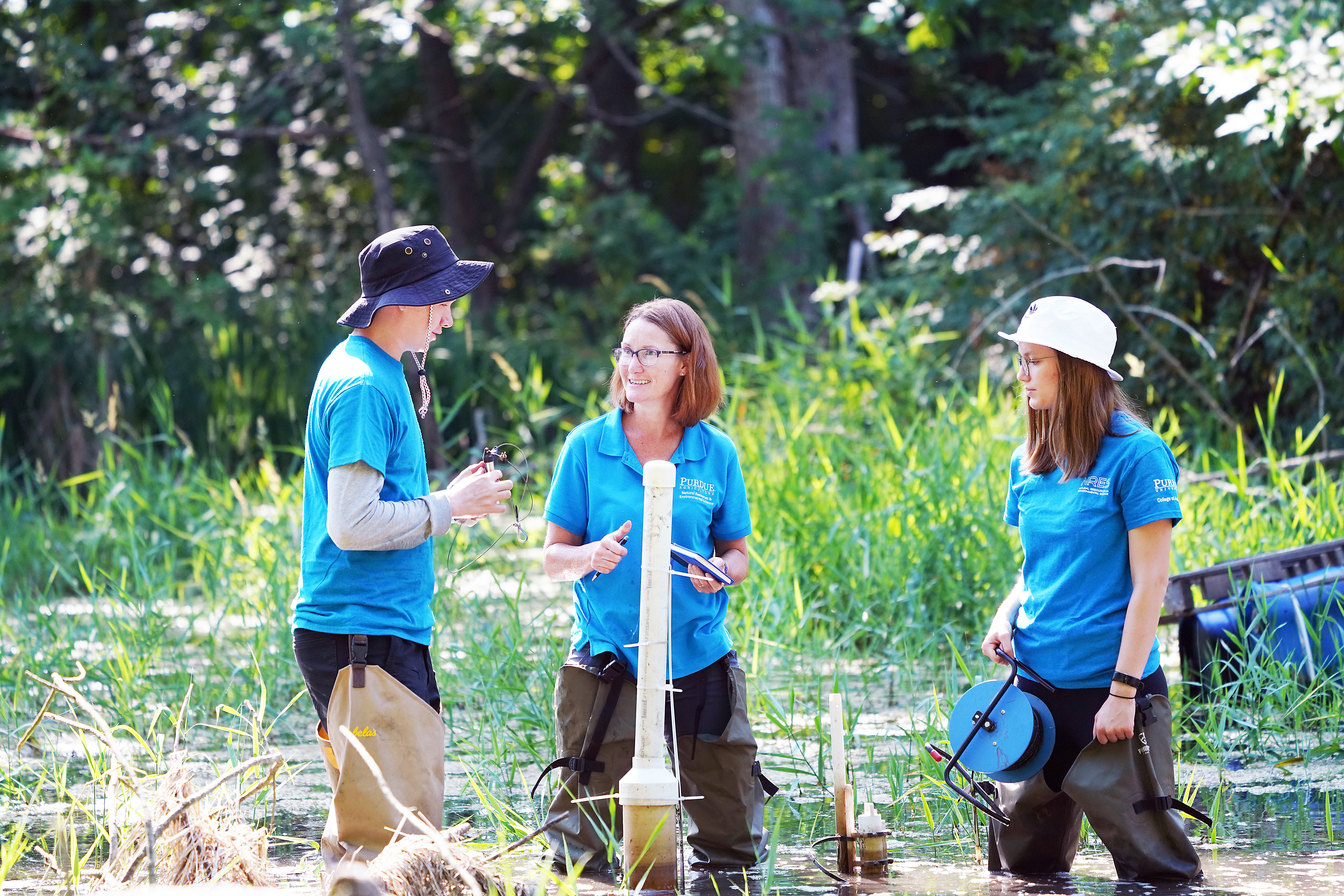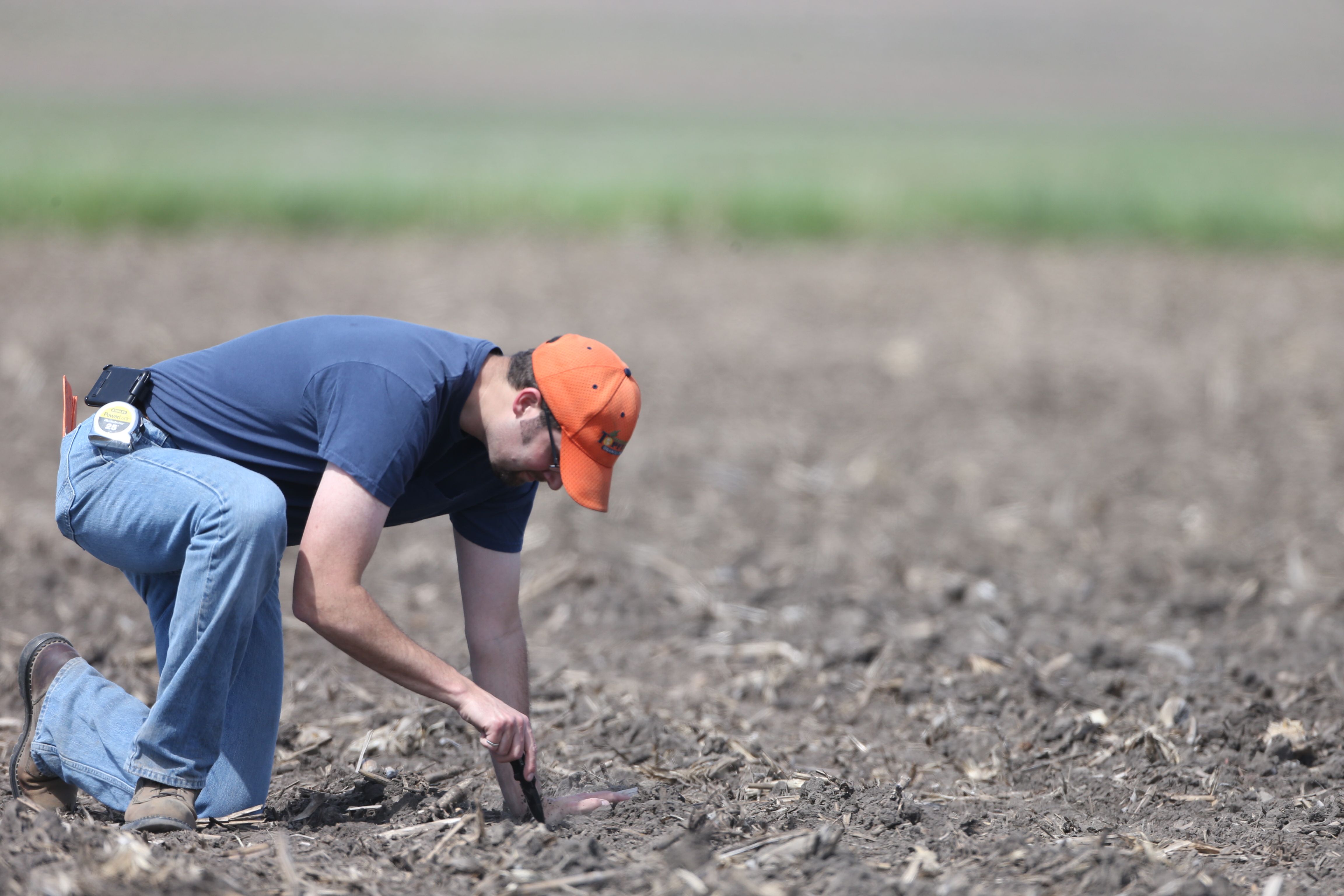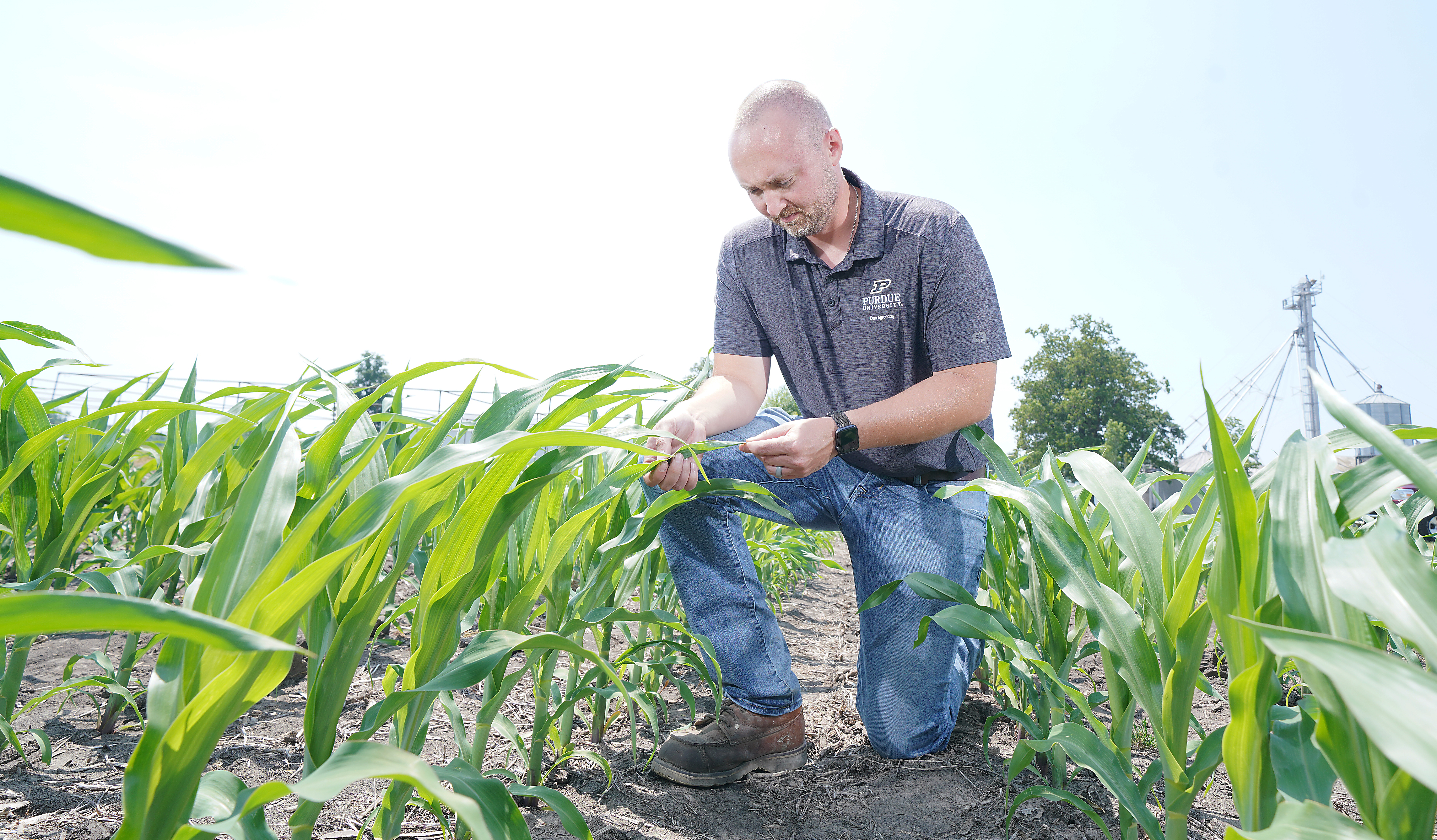Maximizing Midwest drought resilience through sustainable solutions
As the summer months bring fluctuating weather, drought resilience has become a pressing concern for Midwest farmers. Purdue University’s Drainage Water Recycling project, based at Purdue’s Agronomy Center for Research and Education (ACRE), is at the forefront of addressing this challenge.
Fortunately, despite warmer temperatures compared to previous years, adequate rainfall has spared Indiana and Illinois from drought conditions so far. However, the upcoming weather in July and August will determine if sufficient water is available for crops. Should conditions mimic the severe drought of 2012, having effective tools readily available to manage dry periods throughout the growing season becomes crucial.
Laura Bowling, director of the natural resources and environmental science program, professor of agronomy and incoming department head of agronomy, explains that in the Midwest, a significant amount of subsurface drainage water heavy in nitrates, which is dangerous for ecosystems downstream, flows off agricultural fields in early spring.
With the Drainage Water Recycling project, our goal is to capture this drainage water to prevent downstream flow in the spring and recycle it back to the fields during hotter, drier conditions later in the growing season when our crops benefit most from supplemental irrigation. Also, by storing this drainage water, we estimate an overall reduction of about 30-40% in the nitrate load going downstream.”
- Laura Bowling, incoming department head of agronomy
Shaun Casteel, professor of agronomy specializing in soybean production, added that poorly drained soils can lead to saturated soil conditions that delay planting, compromise stand establishment and impede growth and, ultimately, crop productivity. With the majority of corn and soybean farmers in the state relying on drainage tile, the Purdue team – Bowling, Casteel, Daniel Quinn (assistant professor of agronomy specializing in corn production), Keith Cherkauer (director of the Indiana Water Resources Research Center and professor of agricultural and biological engineering), and Juan Sesmero (professor of agricultural economics) – is working with this system to determine how to minimize negative impacts.
In tiling, pipes are installed underground to quickly remove excess water from the fields, allowing for timely agricultural operations such as tillage, fertilizer application and planting. At ACRE, the team oversees approximately 175 acres of subsurface drainage water, collected and stored in a natural wetland. This reservoir supports irrigation needs, even during peak summer months, instead of depleting groundwater.
“Although we typically find that irrigation is not necessary in Indiana, there are certainly some dry years where it can be beneficial,” Bowling noted. “Over the last two years, we’ve seen that with our combined treatments of irrigation, fertigation and intensive management, we achieved about a 10% yield increase in both corn and soybeans.”
Over the years, we’ve probably gained around four to six bushels on the soybean side. Now, we’re beginning to think about how we can tweak this process and do a little bit better job in maximizing the water recycling and nutrient supply.”
- Shaun Casteel, professor of agronomy specializing in soybean production
On the other hand, while nitrogen is the key nutrient applied by farmers for corn production, it comes with substantial costs and environmental considerations. These include leaching losses (fertilizers leaking through the soil), denitrification (converting nitrate to atmospheric nitrogen), greenhouse gas emissions and resource loss from early nitrogen application, all of which can negatively impact the environment, finances and corn yields.
Using the system implemented at ACRE, nutrients can be precisely administered to the crops at each growth stage, ensuring effective nutrient and water applications. The highest corn yields at ACRE have been achieved through simultaneous applying water and fertilizers or nutrients into the farming system (fertigation), without altering the fertilizer amount, but rather refining the application method.
Regarding water management, corn benefits from water earlier in the growing season compared to soybeans. Quinn highlighted their system’s ability to mitigate early-season dry spells and supplement crop water needs. During pollination season, corn consumes 0.3 inches of water daily, meaning that if there are any levels of stress from lack of water, it can be detrimental to the crop.
Having this system, especially in the Eastern corn belt (a region in the midwestern United States, roughly covering western Indiana, Illinois, Iowa, Missouri, eastern Nebraska and eastern Kansas), can help combat some of those big swings of rainfall variability when corn is in sensitive growth periods. The system really helps to stabilize the crop’s moisture while adding fertilizers at a specific rate throughout the entire growing season.”
- Daniel Quinn, assistant professor of agronomy specializing in corn production
In addition to enhanced yield outcomes, with the wetland retaining water longer, researchers at ACRE are seeing a notable jump in the frog population.
“Overall, our efforts are yielding benefits in terms of improved crop yields, nitrogen use efficiency and water quality, which in turn supports additional ecosystem services like wildlife habitat,” Bowling summarized.
As the team continues refining their system, they encourage farmers to explore existing wet areas on their land for potential water storage and management solutions.
“Maybe it’s just a field that floods a lot, think about those existing wet spots for water storage. This may only provide irrigation for relatively small areas, but it could provide a buffer against drought risk or be useful for specialty crops,” Bowling suggested. “Even if you’re not going to do this type of system, we need to look holistically across the land in terms of our crop and water management to decrease downstream impacts, as well as benefit the farm itself.”









